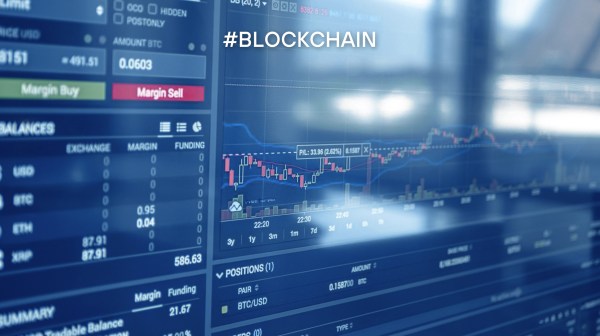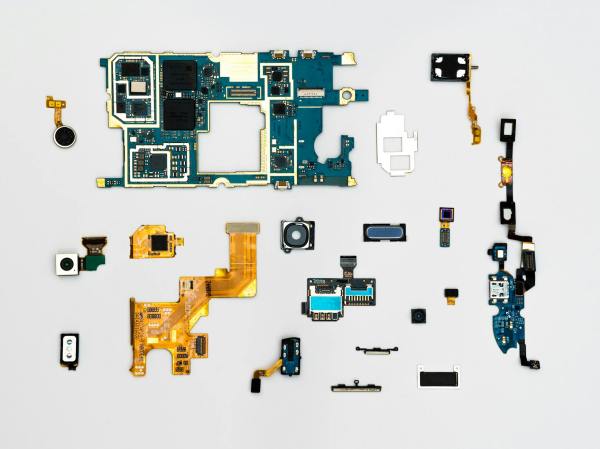Blockchain technology could be defined as a huge database that stores information in a shared and decentralized way, creating a single record with synchronized copies at the same time, making it impossible to manipulate data.
The information recorded in this data chain is recorded and grouped into blocks, each of them operating as a link in the chain.
With the security, accessibility and transparency of each record as a characteristic, blockchain technology has gained great relevance in view of the growing importance of data in the digital transformation that companies and administrations are undergoing.
A blockchain technology that also relates to others to contribute to a more robust and verifiable digital landscape with an interconnected ecosystem that improves the functionality and security of Web3 applications.
With five concrete examples of use we will try to explain in a more practical and tangible way the usefulness of this technology, in addition to some uses of blockchain that we had previously analyzed in the blog, such as smart contracts.
Banking
In the banking sector, the blockchain allows economic transactions to be carried out securely and quickly in the face of possible fraud and manipulation due to the use of coding and encryption.
This allows banking companies to make payments with a higher degree of security.
Another advantage is that a transparent business system can be implemented in which what comes in and what goes out is recorded in real time.
The blockchain is not only used for economic transactions in this sector. It also allows documents and information to be stored and transferred without being accessed without consent and without the risk of being modified.
Public administration
Some countries have already incorporated this technology into public administration with the aim of improving the experience of both the employees of the aforementioned administrations in particular and citizens in general.
For example, Estonia uses blockchain technology to store tax information related to the productive sector and health.
This Baltic country, considered by many experts as the most digital country in the world, uses blockchain in public administration with the advantages it offers in terms of decentralization of processes, boosting interoperability and taking advantage of the benefits of self-certification.
Moreover, since Estonians’ information is encrypted, they are the ones who can authorize its transfer and use, knowing who and when accesses their confidential data.
Copyright and patents
Blockchain technology can also facilitate the field of intellectual property, copyright and patents, although it is true that it may present some large-scale obstacles related to the legislation to be applied or the jurisdiction covered.
In addition to reducing process costs, blockchain presents numerous advantages: authentication of rights registration and management origin, control and monitoring of rights distribution, proof of effective use or first commercial use, electronic management of rights or exclusive distribution through smart contracts.
Healthcare sector
The level of security presented by blockchain technology guarantees privacy, which is relevant for the confidentiality of patients’ medical records.
But it does not only have these advantages in the healthcare field; the traceability of medicines allows all those involved in the chain (laboratories, pharmacies, doctors or health authorities) to reliably know the path of the medicines.
Similarly, for certain drugs, the cold chain is critical, and thanks to this technology it is possible to know whether it has been correctly maintained.
In addition, clinical research or drug verification serves to reduce fraud, errors or counterfeiting.
Food sector
Another sector that can benefit from the application of blockchain technology is the food sector, with numerous advantages of different kinds, highlighting the management, security and transparency it brings.
Knowing the provenance of food increases the aforementioned transparency, which generates consumer confidence and improves food safety.
It also allows the supply chain to be optimized, improving production and distribution and improving logistics by reducing costs and delivery times.
An example can be found in how blockchain technology brings traceability and guarantee of origin to olive oil, allowing customers to fully trust that the bottle they have in their hands is original, complies with the corresponding certifications and guarantees and certifies that the production is the one that is assured.
Conclusion
Numerous sectors can benefit from blockchain technology, a technology in which Telefónica Tech is recognized as a world reference, and the security it provides.







